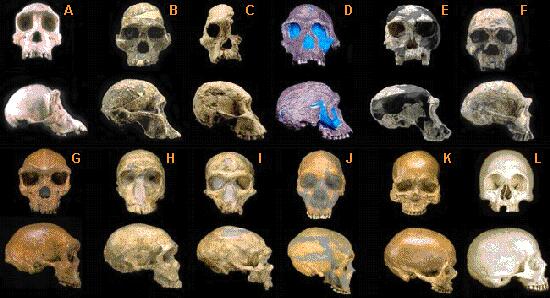Just so we are clear, here is how a nested hierarchy, or phylogeny, works. At the end, you need all of the species in a tree on their own branch, like this one:
If we are using the Camaro's, then each model needs it's own branch. Where each branch connects we have the nodes. These represent the shared features for all of the species or models of Camaro's that trace back to that node. Here is a simple phylogeny with shared traits:
The first division is chordates with and without a vertebral column. Lancelets do not have a vertebral column, but all of the species on the other branch do. The next division is a jaw. Lampreys do not have a jaw, but all of the other species on the other branch do. We do the same thing with four walking legs, an amniotic egg, and hair. At the end, all of the groups are on their own branch and we have shared features as well as unshared features. They all fit onto a tree. Not only that, but it is quite obvious from the tree that having or not having a jaw is a much bigger deal than having or not having hair. The characteristics are weighted with some characteristics being more important than others.
So let's see the same thing for the cars. Come up with the physical characteristics that separate each car, and show how they can produce an objective phylogeny. Show how one feature is more important than others when producing the phylogeny.






